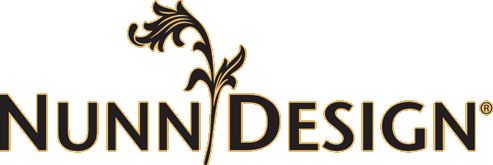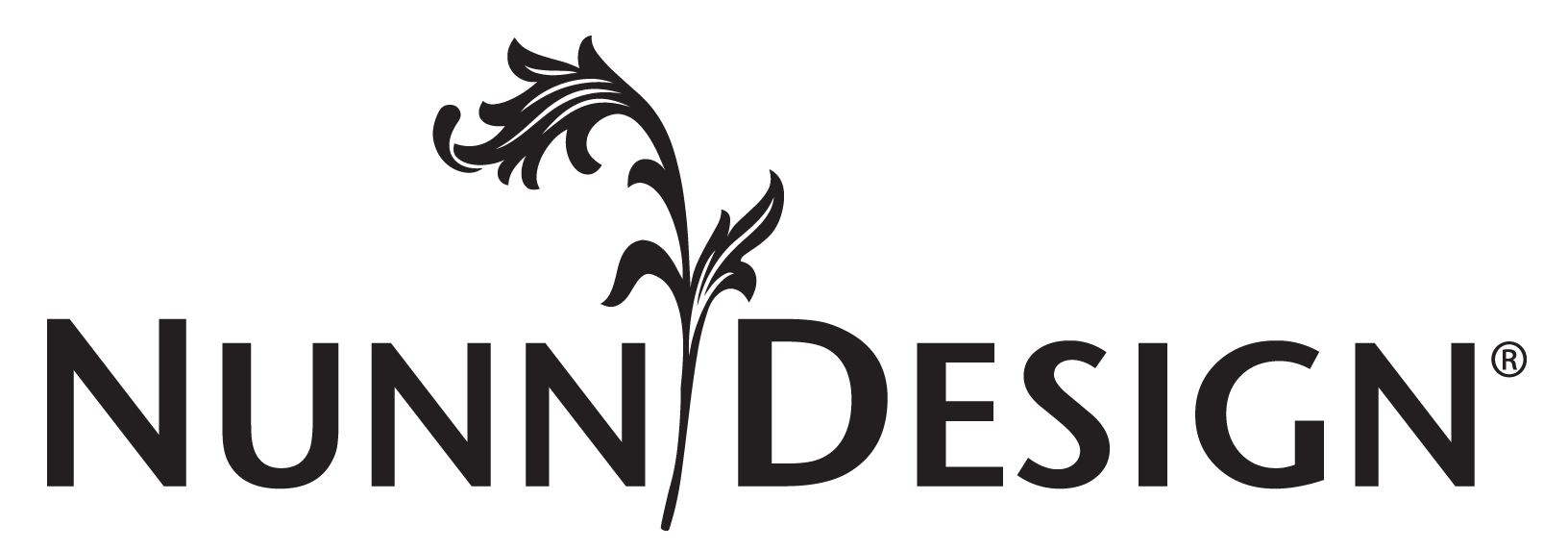Tutorials
Epoxy Clay Cuff Tutorial + Video


I really like how this cuff bracelet came together. It was fun to work with wire and cups of rhinestone chain to create a bold field of organics. Design wise, this cuff bracelet looks so appealing to me. It is elegant, yet the skill level to create is very minimal. When working with Epoxy Clay, I always have some wet-wipes nearby and I continually clean my hands and my jewelry. It really does make the overall outcome seem so much higher in quality and feel.
Learn How!
Materials Needed:
Nunn Design Cuff Bracelet Channel .75 inch width ”
1’ of 20 Gauge Gold Wire
½’ of 24pp Rhinestone Chain
Epoxy Clay Black

Tools:
Flush Cutters
Hammer
Bench Block

Basic Supplies:
Wet wipes
Step 1:
Texturizing the 20 Gauge Gold Wire
Use flush cutters to cut 1’ of 20-gauge gold wire from the spool. Place the wire onto a bench block and hammer the 20-gauge wire until slightly flat and textured.

Step 2:
Cut the textured 20 gauge wire into various lengths, the longest length being ½”.

Step 3:
Use flush cutters to cut apart the individual cups of the rhinestone chain. There is a wire between the cups of crystals that retracts the rhinestone chain together, so try to cut that extra little bit of retracting wire off as well. For this cuff bracelet, I used 4 individual cups of crystals from the rhinestone chain.



Step 4:
Follow the manufacturer’s instructions for the handling and mixing of the Epoxy Clay. While wearing gloves, pinch off two equal grape sized balls of Part A and Part B and blend together fully until the clay is no longer marbled and uniform in color. You have approximately 90-120 minutes of working time before the clay starts to harden, so take your time. Once the clay is thoroughly mixed, remove your gloves to make is easier to work with the clay.

Step 5:
Roll the clay into a round ball and then into a long thick snake. This clay shape helps to provide even distribution of the clay in the channel cuff. Place the clay into the center of the channel cuff. Starting at one end, flatten the clay from top to bottom of the channel with your fingers. Continue until all the clay is flattened and smooth in the channel.



Tip: If you didn’t mix up enough of the Epoxy Clay, mix another small ball and add it to your channel cuff bracelet. Place the new batch of rolled and snaked clay next to your finishing point by blending the two batches of clay together with your fingers.
Step 6:
Once you arrive at the end of the channel cuff bracelet, pinch off any excess clay. Use your fingers to smooth out the clay and make it even along the cuff end.


Step 7:
Clean any excess clay left on the channel or your fingers using a wet wipe or damp cloth. If you wait until the clay is cured it will be nearly impossible to clean it, as the clay is hard as a rock.

Step 8:
Time to start laying the flattened cut wire from Steps 1-2 into the Epoxy Clay filled channel cuff bracelet. Position the wire into the Epoxy Clay with the flattened textured side facing up and flush to one of the edges of the channel cuff. Start to create a pattern of various wire lengths to give it a “grass in the garden” like feel.


Step 9:
If you are not happy with how the pattern is laying out, use a toothpick or a headpin to remove the wire from the clay. If there is a gap or uneven surface area, use your fingers to gently pat down the surface until smooth again. You have 90-120 minutes to work with the clay before it hardens, so you have time to get it just right.


Step 10:
Incorporate into your design the cut rhinestone cup chain from Step 3 onto the top of varying pieces of hammered wire. I like to place the cup chain so that the visible holes from the retractable wire are facing up and down, verses side to side. It makes it easier to hide the holes and just looks neater.

Tip: It is really important that the wire and the cup chain be fully embedded into the clay. If it is not, it could easily snag on something and be dislodged.
Step 11:
Do a final pass with your wet-wipe to make sure all the clay is off the channel cuff bracelet. The clay will start to set after 120 minutes and will not longer be embeddable. The bracelet will set and be hard to the touch within 4 hours, but the curing process will continue for another 24 hours.

Learn More!
- Download the Tutorial: DIY_HowTo-EmbedWireRhinestone_EpoxyCuff.pdf
- Watch the Video: How to Embed Wire and Rhineston Chain and Make a Cuff Bracelet
Shop the Supplies!
- Nunn Design Cuff Bracelet Channel .75 inch width
- ½’ of 24pp Rhinestone Chain
- Epoxy Clay Black
- Flush Cutters
- Hammer
- Bench Block
Shop Nunn Design Wholesale
Nunn Design has been supplying jewelry artists with findings for over 20 years. Shop wholesale jewelry findings for creative jewelry makers.
Shop Nunn Design!How to Purchase Wholesale?
If you are interested in becoming one of the many designers who trust their jewelry to Nunn Design Findings, please join us by registering to become one of our wholesale customers!
Please visit our Where to Buy Page for a listing of online stores that sell Nunn Design Findings retail.
If you enjoyed reading this post, please subscribe to our blog. Here are 10 Reasons Why to Subscribe and a place to do so!






